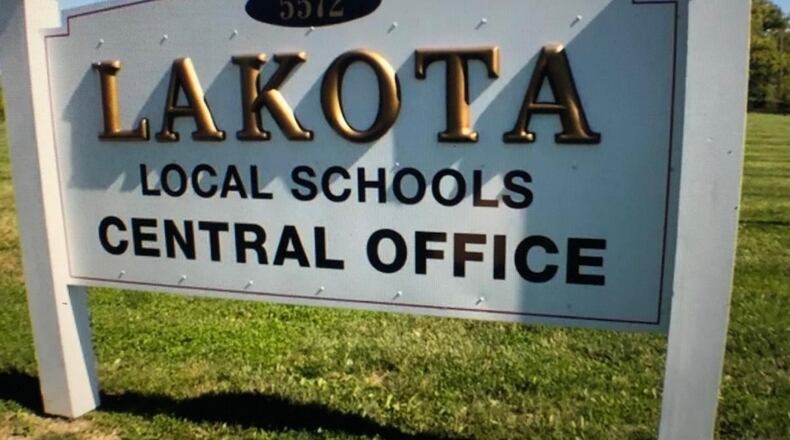Lakota Treasurer Adam Zink told the board at a recent meeting the fast-growing district’s streak of consecutive years of projected balanced operating budgets has reached 11 school years.
And a projected budget deficit — projected last year to begin in fiscal year 2024 — now is not forecast to begin until fiscal year 2025 for the school system, which currently has an annual operating budget of approximately $205 million.
Ohio public schools operate on a fiscal year, which runs from July 1 through June 30, rather than a calendar year budget.
“The thing that I think Lakota should take away is that we have growth,” said Zink. “We have growth in our students and we have growth in our community. We all know that can cause different areas of concern.”
“This forecast also reflects our commitment to the educational success of our students. I believe that is very important,” added Zink in reference to notable expenditure increases in curriculum resources each year of the forecast.
“We are working very diligently for the district and for the community to maximize our operating revenues in order to be able to fund these types of initiatives for our students.”
According to school officials’ summary of the meeting, Lakota School Board President Lynda O’Connor said, “I’m really proud of the record of 11 years of a balanced budget.”
“My cautionary note is that, yes, the budget looks good in terms of reserves, but deficit spending is still deficit spending, and it’s not sustainable over the long run,” said O’Connor.
The bi-annual forecast, presented and submitted to the state each May and November, assists with long-range financial planning. It provides a snapshot of both historical data and the next five years, based on current and projected revenue and expenditure assumptions.
While Zink pointed out that Lakota’s recent spending trends are “smoother than most districts with very few peaks and valleys,” the forecast does predict some notable cost increases over the next five years.
These include previously approved wage increases in current collective bargaining agreements through fiscal year 2024 and the loss of federal COVID-19 relief ESSER (Elementary and Secondary School Emergency Relief funds), which have helped Ohio public districts supplement their operating budgets since 2021. ESSER funds are now being phased out and instead, in some expenditures, are being covered by local school systems’ budgets.
About the Author
